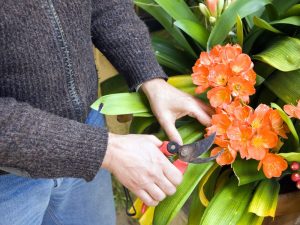Last Updated on August 17, 2021 by teamobn
Don’t talk to strangers. Look both ways before crossing the street. Color inside the lines. Wait your turn. Say please and thank you. Don’t talk with your mouth full. From the earliest age, we are taught to follow the rules. That is how it should be. The rules are there for a reason. Even a child will tell you that.
But then, of course, we later learn that there are times when breaking the rules is a good thing.
Each year, when the first spring bulbs start to come into their own, many gardeners will get out of the sun, sit back, and enjoy the harvest. That is all well and good, of course. That’s the way people have gardened for thousands of years.
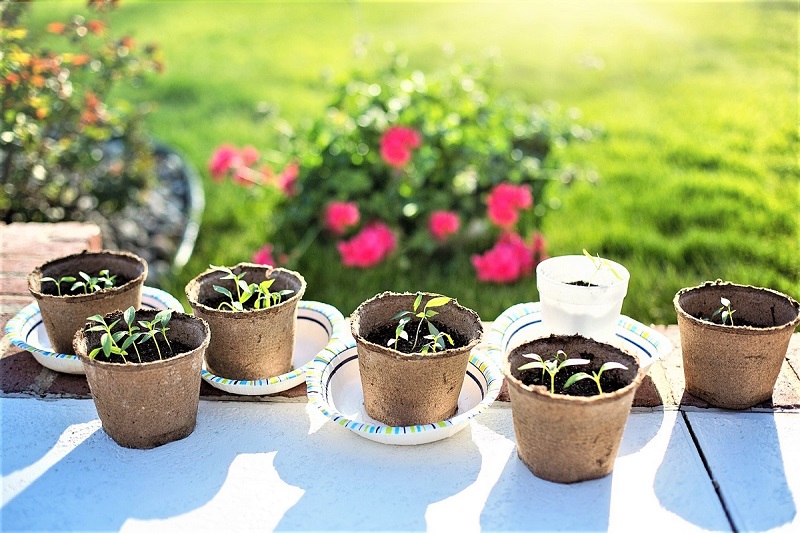
Planting in Summer
Contents
But planting, in a general sense, is not confined to spring and fall. In fact, you may have sound reasons for sowing seed in summer, such as the need for succession crops or rounding out the flower display. Or you might simply want to make the most out of your garden space.
Below are a few tips on planting in the summer.
What to Plant
The first thing to keep in mind is that certain types of florae will not survive a summer planting. For instance, bare-root, newly dug, or newly divided plants are unlikely to flourish when planted in the summer. When you dig up all – or part – of an already established plant, you will inevitably do some damage to the roots. The heat of summer is likely to worsen the consequences of the injury. That is despite all the care and delicacy of your handling.
Remember, too, that such plants are actively growing and full of foliage. The shock of replanting in the heat of summer can be fatal.
You can, however, successfully plant new perennials, annuals, and shrubs that have spent the past several months in a container. Transplant shock is minimized as you will not need to dig the roots out of the soil. Summer conditions may still cause new plantings some stress, but you can help your plants cope with the proper planting techniques.
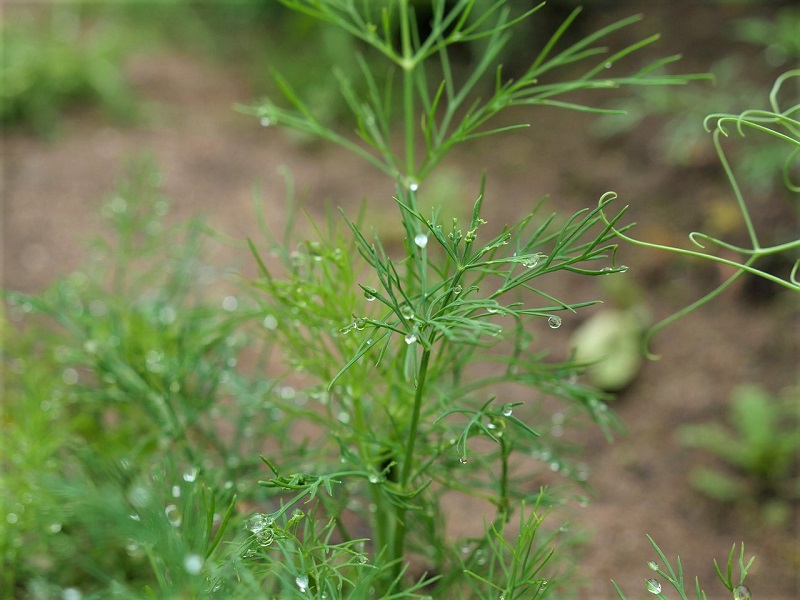
Where and When to Plant
You should always situate plants in areas that match their growing requirements. This is true no matter what the season, but it is especially true in summer. Summer is when rising temperatures, bright sunlight, and hot, dry winds can be at their most extreme. New plants that prefer part shade but tolerate full sun in spring may wilt before they have a chance to situate their roots in the summer.
In this case, you can still undertake a successful planting by giving the plant what it prefers – a partly shady location. If for some reason you simply must plant in full sun, endeavor your planting on a cloudy day or in the cooler temperatures of late evening.
Doing so will minimize weather-related trauma and the loss of too much water to transpiration. You might also provide temporary shade with a light umbrella or some other structure.
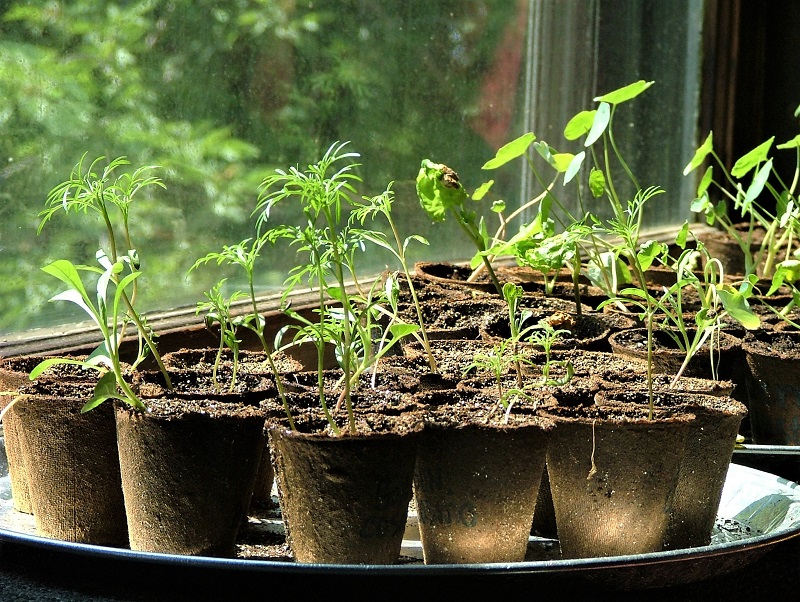
(Photo: Karen/Flickr)
How to Plant
When it comes to planting, preparation is key. That, too, is true no matter what the season. By the time you head out to your summer garden with your seedlings, cuttings, or seeds, you will have already planned what you need to do next. From then on, the basic planting steps apply – but with additional precautions against the heat.
Observing appropriate spacing, dig a hole a little deeper and about twice as wide as the plant’s root ball. Gently tease the root ball loose with your hands or a garden fork. Put the plant into position and fill the hole with good soil mixed with a little compost. Tamp the soil to steady the plant and eliminate air pockets. Water thoroughly.
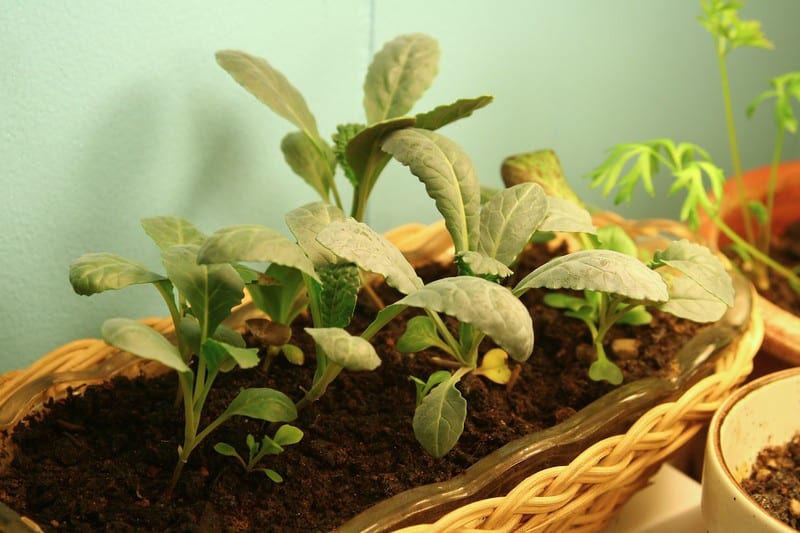
Watering Your Summer Garden
Perennial and annual flowers planted in summer will love being soaked in water every two or three days. Their roots are small and more exposed to the heat of the sun as they are near the soil surface. Newly emerged grass also appreciates a drink once or twice a day.
Meanwhile, trees, shrubs, and evergreens planted in summer benefit from deeper soakings every five to seven days. Since their roots are bigger and more robust, you will not need to water them quite as often as smaller plants. But they do need enough water to dampen the soil to the bottom of the root ball.
Some experts use a dilute solution of fish emulsion or liquid seaweed to help the plants quickly settle into the new environment. If you are inclined to do so, then apply the solution the first two times you water the plants.
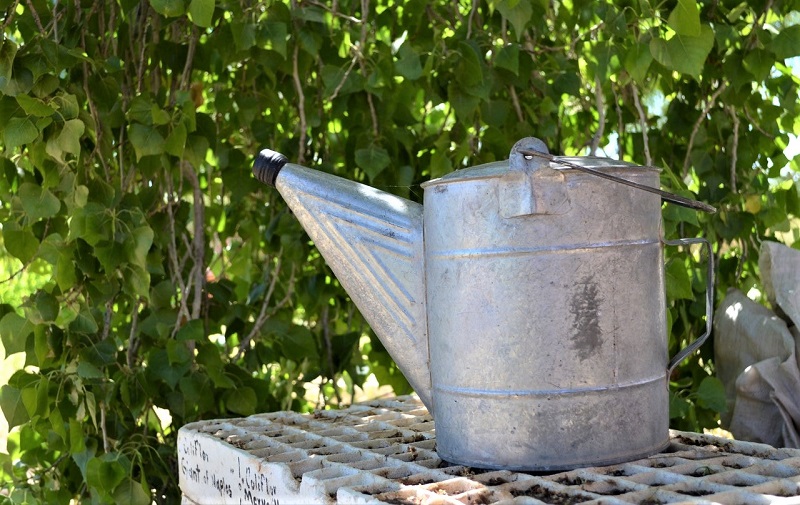
(Photo: Rosel Karenina/Pexels)
Applying Mulch
You will increase the chances of a successful summer planting by applying a 2- to 3-inch layer of organic mulch around the area immediately after planting. You can use compost, shredded leaves, or bark to retain soil moisture and keep weeds down. Weeds will aggressively compete for water and nutrients in the heat of summer.
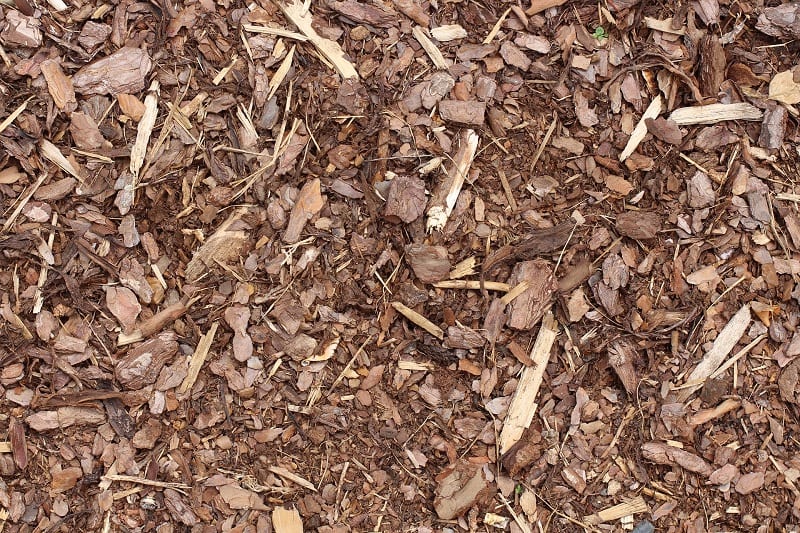
If you are planning a fresh planting this summer, the tips above should help you see your new green wards through the heat of the season.




